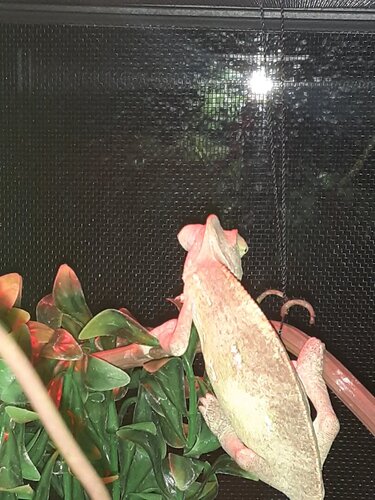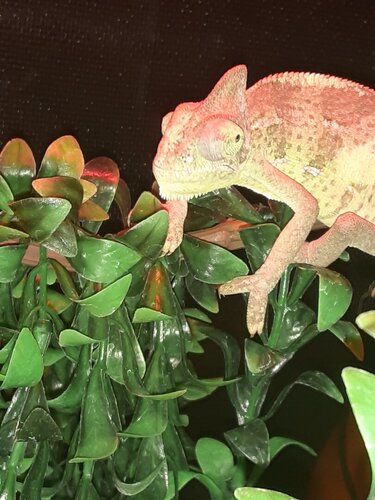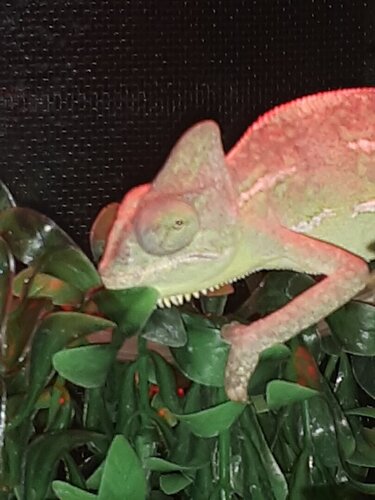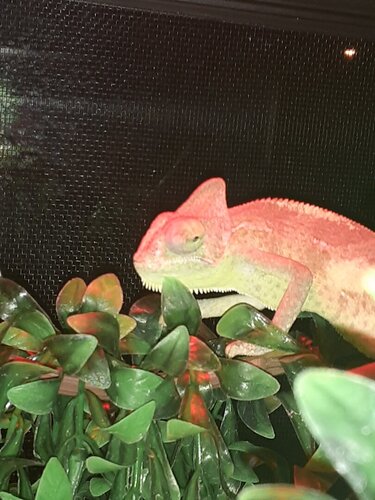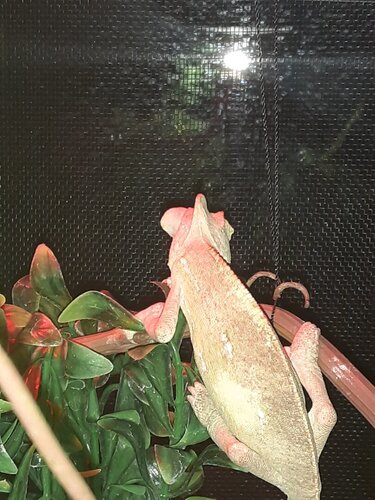PurpelesKoowaid
New Member
my chameleon "watch" hasent been eating for 5 days he refuses crikets and veggies. about 7 days ago he didn't eat so we gave him 4 wax worms then we stopped because we didn't want him to get chubby. We keep trying crikets and veggies he loved carrots but now isn't interested so that's one problem. And 4 days ago he fell and then 2 days after that one of his eyes turned super swollen i will attach a picture and the other eye seems really small . also we feed the crikets flunkers high calcium criket diet and flunkers orange cubes complete. and we dust the crikets in zoo meds repti calcium and for the veggies we dust them in zoo meds repetitive, and if you know anything about this please reply
also the left eye is the big one
also the left eye is the big one
Attachments
Last edited:

